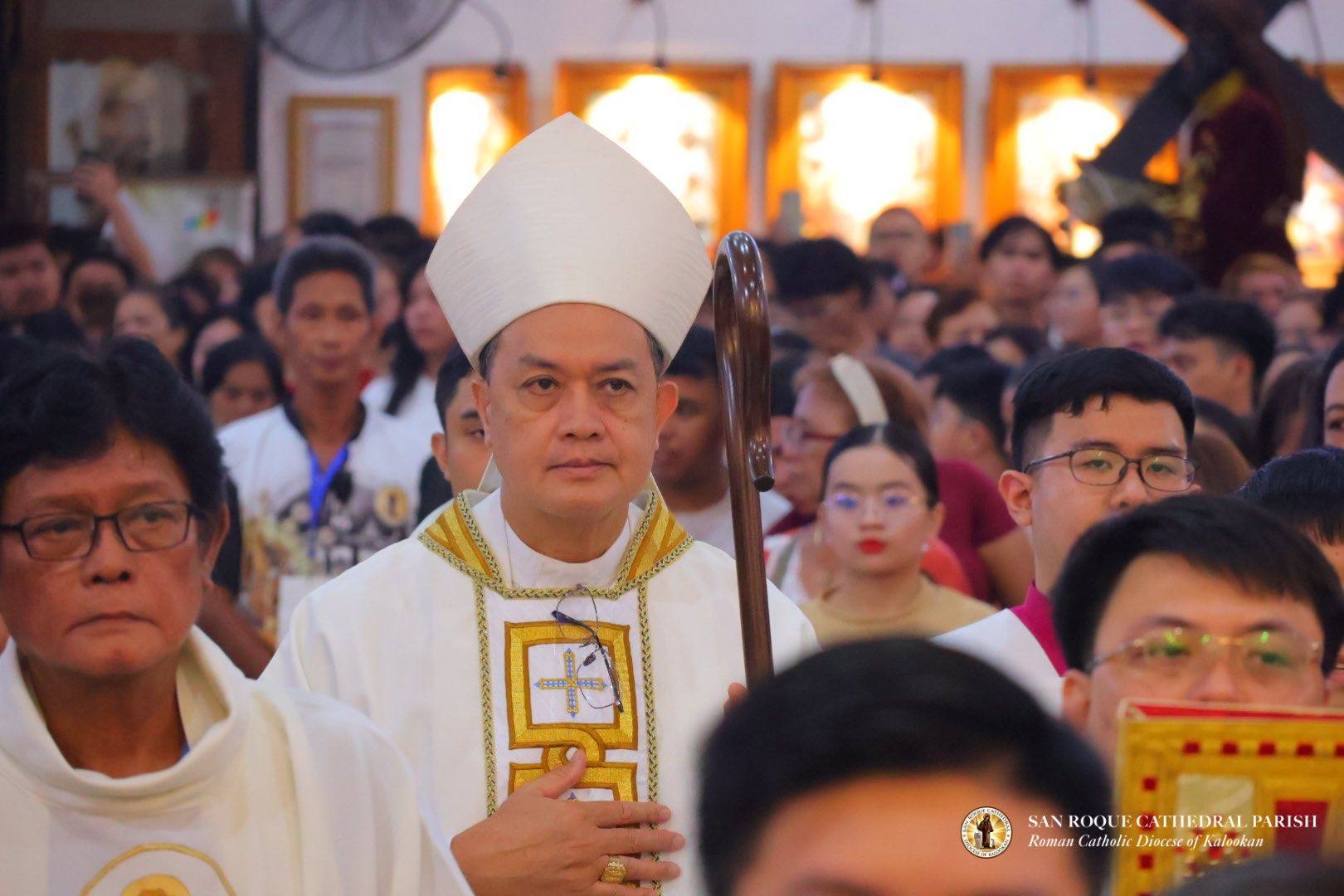Traditionally it was said that the only certainties are death and taxes, but the past ten years have taught us another one: Pope Francis always will do it his way, whatever “it” is, and it’s a pretty safe bet that Francis’s way will not fit easily into any ready-made mold or standard scheme.
A new case in point is Francis’s appointment last week of a successor to the Cardinal Patriarch of Lisbon, Raul Clemente, who turned 75 in June and had a swan song in his hosting of the recent World Youth Day celebrations in his venerable see.
There’s nothing unusual about a pope appointing a successor when a fellow retires, and there’s nothing unusual about a fellow who doesn’t have a red hat yet getting a traditionally cardinalatial see. The appointment of 58-year-old Bishop Rui Manuel Sousa Valério to Lisbon ticks both of those boxes in the “normal administration” column … but there’s a catch.
Pope Francis had already decided to give a red hat to an Auxiliary of Lisbon, Bishop Américo Aguiar, who oversaw the preparations for WYD in Lisbon, a move he announced last month to great fanfare and quite a few raised eyebrows among Vatican watchers, because, well, having a cardinal for an auxiliary is just weird.
Sure, date-of-rank holds among clergy and princes of the Church as it does in officer corps, but four-star generals don’t have other four-star generals for aides de camp, and there’s a reason for that.
Now, the archbishop-patriarch of Lisbon … let’s say he’s the ecclesiastical equivalent of a three-star general … is slated to take command saddled with a four-star general on his staff.
This may be Pope Francis’s way of driving home the idea that pastoral office – “care of souls” in technical Churchspeak – is more important than offices of honor, or even high-ranking curial billets. He’s not wrong on the point, but it will make things awkward around the chancery and possibly complicate matters when there’s something that needs doing.
It isn’t the first time Pope Francis has made a similar – and similarly strange – appointment. One thinks of his decision to create then-Father Michael Czerny a cardinal in 2019, while leaving Czerny in his post as undersecretary to the mega-dicastery for justice, peace, and integral human development, with special responsibility for the section on migrants. Czerny nominally reported to Cardinal Peter Turkson, who was head of the cobbled-together super-department, but everybody understood – and Francis let it be known – that Czerny, a fellow Jesuit, was his man.
Ever the good soldier, Turkson took the strangeness in stride, but left the dicastery a little over two years later and saw his erstwhile underling take the reins. Turkson was two years shy of minimum retirement age and seven years shy of losing his voting rights in conclave, so his departure was not precisely run-of-the-mill, even if Turkson gamely told inquiring scribblers it was just that his five-year term had ended.
As a practical matter, a cardinal outranks a mere archbishop, even if the archbishop happens to be the head of a major diocese and the cardinal a former head of the same archdiocese very much in retirement and very much under a cloud.
Just such a situation developed in Los Angeles in 2013, when in late January Archbishop José Gomez relieved Cardinal Roger Mahony, his predecessor, of all public and administrative duties due to Mahony’s handling of clerical sexual abuse cases during his nearly 26-year tenure. Mahony complained – loudly, in an open letter published to his blog, and apparently also quietly though channels, to the Vatican – and a year later was appearing at all sorts of events.
Five years later, in January of 2018, Pope Francis named Mahony as his legate to Scranton, Pennsylvania, for celebrations marking the 150th anniversary of the founding of the diocese. Scranton had already suffered enormously from the still unfolding crisis of clerical sexual abuse and coverup. There was an outcry among the faithful over the naming of Mahony, who eventually backed out.
Things didn’t go smoothly when Pope Francis tried something similar in the curia, and – however you slice it – the Vatican respects the pecking order.
All of this could become a moot point for Lisbon if – as some scuttlebutt has it – Pope Francis calls Aguiar to Rome for a curial job sometime in the near future. The consistory in which Bishop Aguiar is slated to be created Cardinal Aguiar is on the calendar for September 30th.
When Aguiar gets his red hat, Portugal will have six cardinals, four with voting rights in the next conclave as of Sept. 30th. Even without the bizarre arrangement in Lisbon, that’s a lot of collegial and conclave clout for a country of just over 10.3 million people.
There are currently ten cardinal-electors from the United States – widely considered to be over-represented in the college – with an eleventh on the way in Archbishop Robert Prevost, recently named prefect of the Dicastery for Bishops.
Francis has been rocking the boat for more than a decade now. He’s the head man, and that’s his prerogative. Still, it is not difficult to imagine churchmen high and low pining for just a little normale amministrazione, and wondering – not without a little trepidation – what he’ll get up to next.
Follow Chris Altieri on Twitter: @craltieri












